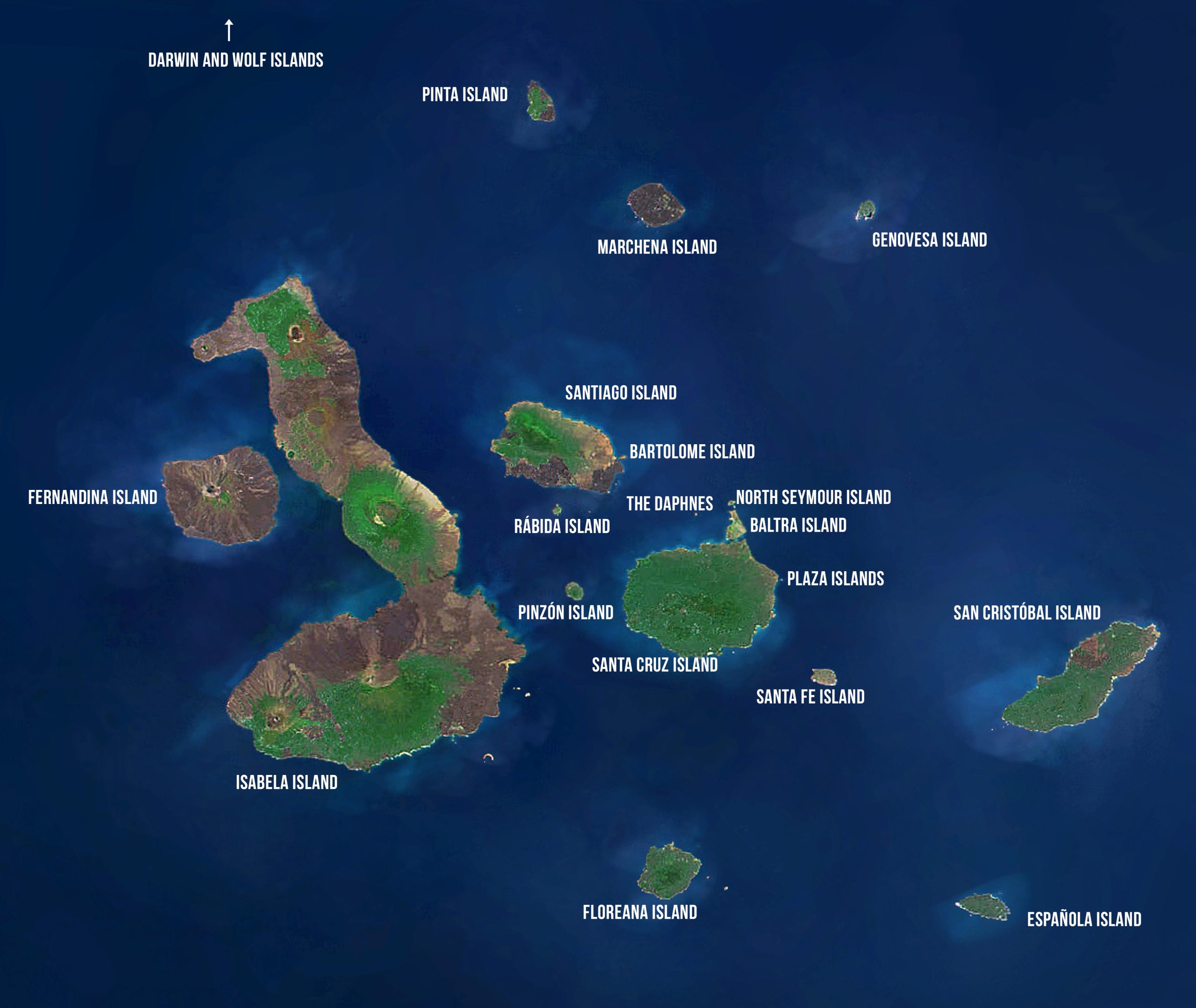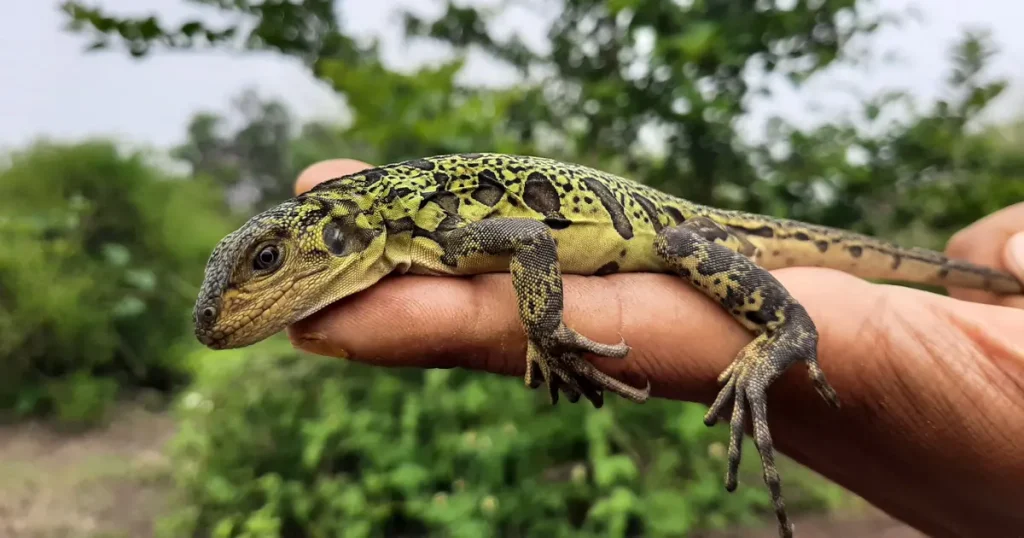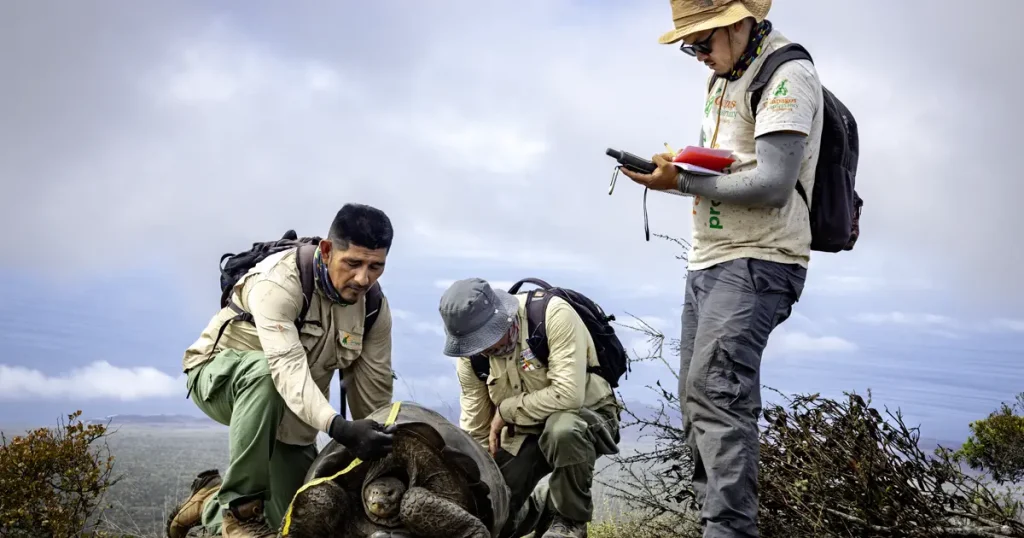The Daphnes

The Daphnes
Area: 4.9 km2 or 1.9 mi2
Maximum Altitude: 38 m or 123 ft
Human Population: 0
HISTORY
The Daphnes include two islands, Daphne Major and Daphne Minor, just north of Santa Cruz. Both are tuff cones and are completely devoid of trees. Access to Daphne Major is restricted by the Galápagos National Park, and it may only be visited with a special permit. There is no visitor site on Daphne Minor.
CONSERVATION CHALLENGES
Although visits to Daphne Major are strictly limited, its location between Santa Cruz, Baltra and Santiago Islands — all with large numbers of introduced species — is some cause for concern, especially given its importance as a natural laboratory for evolutionary research. Any species carried by the wind could potentially arrive on either of the Daphnes, although establishment of these species might be limited by the arid conditions.
VISITOR SITE: Daphne Major
Daphne Major is a rather large tuff cone somewhat eroded by the sea. It is a very fragile visitor site and requires a special permit. Nazca boobies, red-billed tropicbirds, and blue-footed boobies can be found nesting here. Daphne Major is the primary site of Peter and Rosemary Grant’s iconic 40-year study of evolution in Darwin’s finches that demonstrates evolution occurring over short periods of time. Nearly all of the finches on the island are banded.
MARINE SITES: Daphne Major and Daphne Minor
Two dive sites encircle the smaller islands of Daphne Major and Daphne Minor. At Daphne Major, divers can observe sea lions, sea turtles, Eagle Rays, various species of sharks, and other pelagic species. Daphne Minor offers something a bit more unique. There divers can observe the large quantity of benthic organisms that live on the underwater walls of the island, all of which create a multi-colored aspect to the undersea world. Sea horses can be seen around the black corals and Galápagos Sharks and sometimes rays and sea turtles are present.



